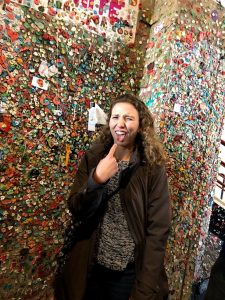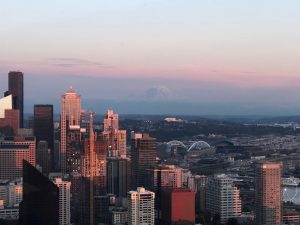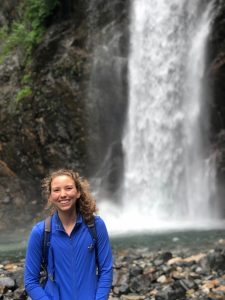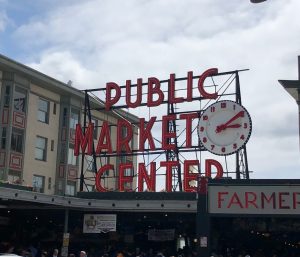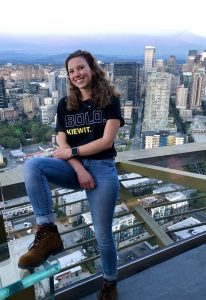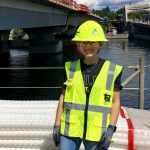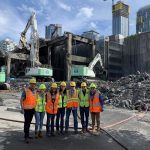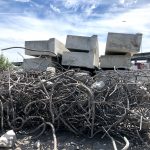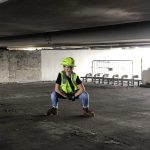What's the Deal with Internships?
When you hear the word “intern,” what comes to mind? Perhaps you think of Parks and Recreation and the apathetic college recruit, sitting at a desk and popping her gum with disinterest. Maybe you imagine someone giving their unpaid time to a thankless summer job of making copies and taking coffee orders. But like many things, internships are not what they’re portrayed to be in the media. Especially as an engineering student, internships are incredible opportunities to get real-world experience, network for post-graduate employment, and, yes, get paid.
So what exactly is an internship?
An internship is a position in which college students can work with a company or organization in order to gain experience in their field of interest. Many internships occur during the summer, when students can use their time off from school to enhance their education in a different setting. However, internships can also be offered over other breaks, or part-time during the school year. Similar to an internship, CSU also boasts a robust co-op program; instead of working for one summer or during the school year, students who participate in a co-op work for three semesters (usually summer, fall, and spring) with the same employer. This allows students to gain an even deeper experience, explore a wider range of work, earn a competitive salary, and even earn a course credit for CSU while doing so!
How do I get an internship?
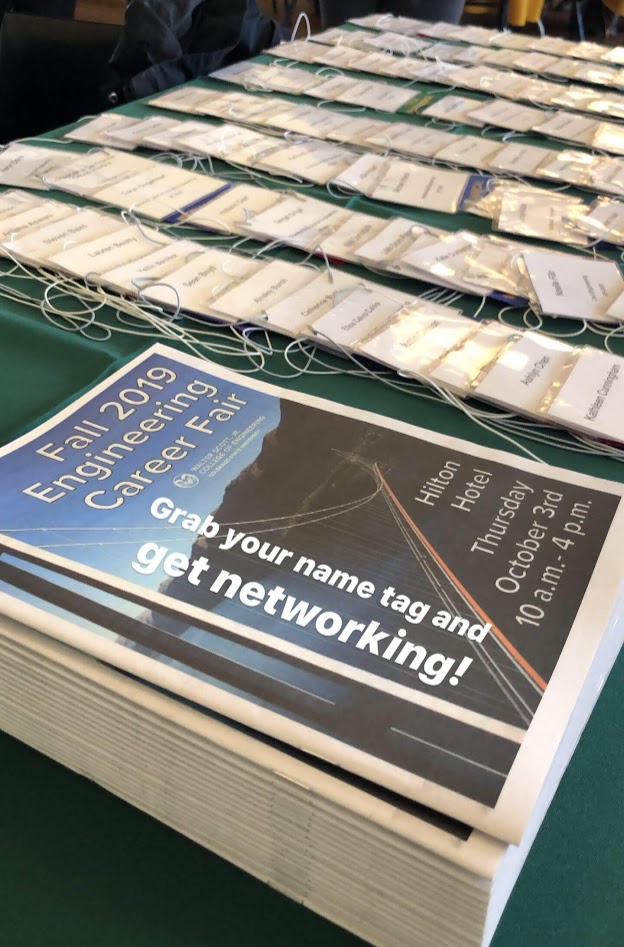
The Engineering Success Center at CSU offers numerous resources to equip students for their careers, including offering resume reviews, mock interviews, and hosting career fairs in the fall and spring. I decided to try my hand at the career fair during the spring of my sophomore year because I knew I wanted to use my summer wisely and not let my learning come to a standstill. I printed out a few fresh resumes, donned my slacks and heels (which I was still mediocre at walking in), and made my way to the career fair to get networking.
I’d gotten the chance to speak with some companies in advance during an event the previous night called Evening with Industry (EWI), which is hosted through the CSU Society of Women Engineers (SWE). Any engineering student is welcome to attend EWI, whether a member of SWE or not, and because of this event, I walked into the career fair and felt a rush of confidence when I saw the familiar faces of recruiters that I’d met the night before. After speaking with them again and filling out an online application, they set me up for a next-day interview. Shortly after, I was informed that I’d made it to the next stepー a phone interview with my future manager. To my surprise, despite my doubts and nerves following the interview, a few days later I got a call offering me the position! I could hardly focus on the words coming through the phone as my HR representative outlined the position logistics, hourly rate, and office location. I was filled with unparalleled nerves but simultaneous excitement as the reality dawned on meー I’d be moving to Seattle for the summer and working as a Design-Build intern with Kiewit, one of the largest engineering contractors in the world.
Job Search Resources:
Career Resources at CSU:
- Handshake – Log in with your CSU account to view job openings that match your qualifications and interests!
- LinkedIn – a great tool to network, view companies, and apply for jobs
- Glassdoor – search and apply for jobs, plus hear what previous employees have to say
- Company website are a great way to view the services a company offers, what their core values are, and apply for open positions
- CSU Career Center – view tips on everything from building a robust LinkedIn profile to perfecting your “elevator speech.” The Career center, located in the basement of the LSC, also hosts events including resume reviews and professional networking opportunities.
- CSU Engineering Success Center – the ESC is located in the Scott Bioengineering building and is home to career advising, student diversity programs, and a team of staff who are eager to review your resume, engage you in a mock interview, or be there for general career advising. The ESC hosts two engineering careers fairs each year.
My Experience
The last few weeks of school were a blur as I signed and sent in my offer letter, completed my pre-employment screenings, and packed my bags to begin the long and fun-filled road trip from my hometown in Denver all the way to Seattle. Kiewit kindly provided a relocation stipend and corporate housing for the summer, allowing me to easily get settled into my furnished apartment with a view and two fellow interns for roommates.
That summer was one of the coolest experiences of my life and forced me to take a step out of my comfort zone and into adulthood. I was living in a brand new city a thousand miles from home, commuting to a full-time “big girl” job, meeting new people ranging from new hires to big wig managers, and metaphorically “drinking from a fire hose” every day at work with how much I was learning. Oh, and as a bonus, I got to explore the city and travel with my roommates and coworkers on the weekends, making the whole summer feel like a three-month-long paid vacation.
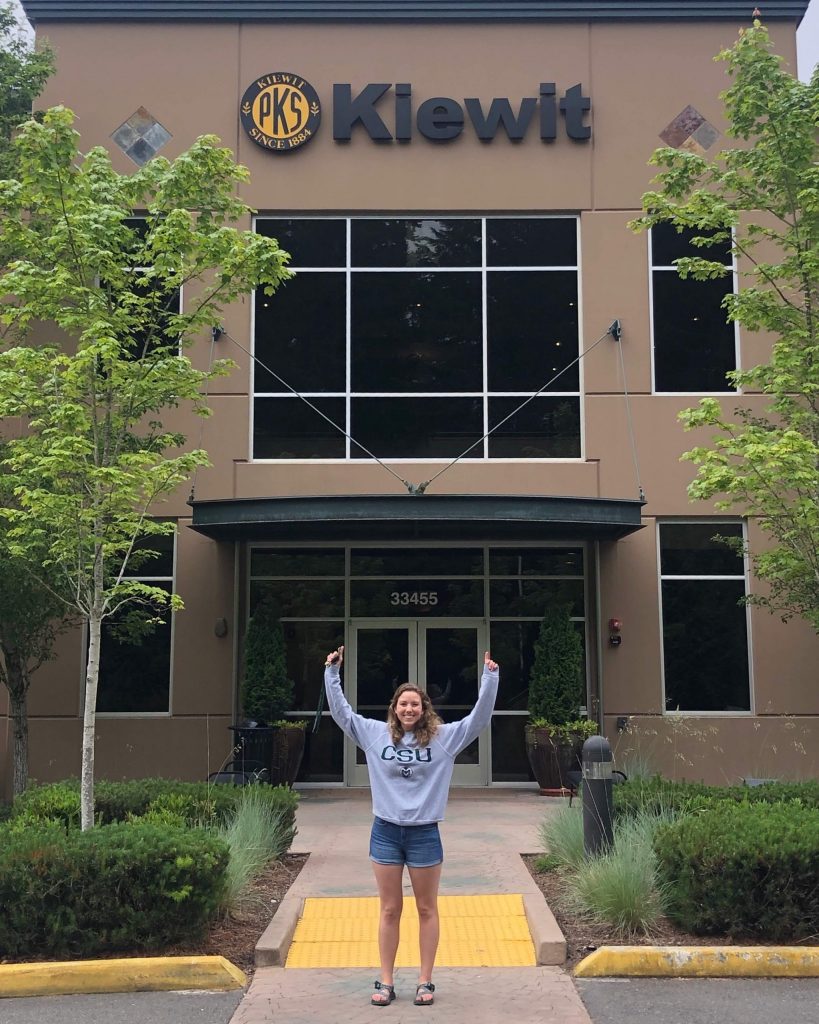
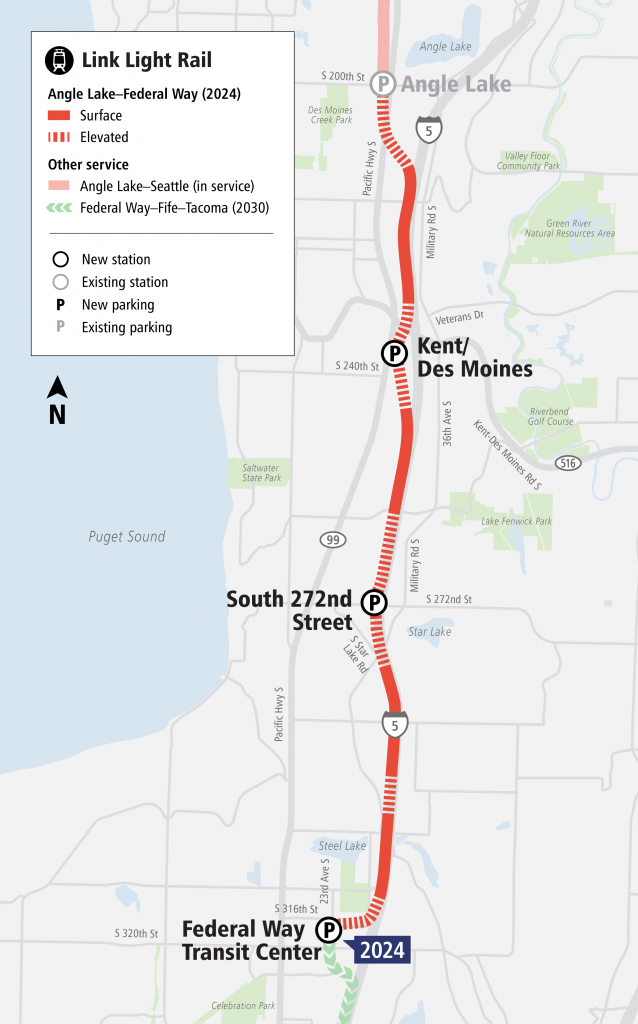
A Day in the Life at Work
My first couple weeks on the job eased me into office life and introduced me to a variety of tasks on different projects. Eventually, however, I was given a more permanent role as a project controls intern for the Federal Way Link Extension. This project, as part of Sound Transit’s goal to extend their light rail services across the Seattle-Tacoma region, will allow commuters to access affordable and convenient transportation connecting downtown Seattle to the Sea-Tac airport and all the way down to surrounding cities in the metropolitan area.
As part of the project controls team, I got exposed to a little bit of everything on this project. I was tasked with reviewing design drawings, tracking material quantities, and attending collaboration meetings with the many people involved in this massive 8-mile, billion-dollar project. I learned a lot about project management, how different aspects of a light rail system are designed and quantified, and I got to help pave the way for how future projects will be managed with a new system that Kiewit was implementing for the first time in that department.
Seeing It All Come Together
My hands-down favorite part of my internship was having the opportunity to go on site tours. I quickly realized that I was much more comfortable in steel-toed boots than I was in heels. Kiewit had three major projects under construction in the Seattle area at the time. I saw two light rail projects in different phases of construction, one of which will be the world’s first light rail on a floating bridge, connecting Seattle to Bellevue. We got on a boat and saw the underside of the bridge, held up by buoyant forces, and learned how the light rail design will function seamlessly despite the rocking motion of the water.
I think my favorite site, however, was the Alaskan Way Viaduct demolition, where I saw massive excavators eating away at the damaged and outdated 1950s viaduct to make way for a new waterfront. It was amazing to get to see new projects being built as well as old projects being torn down, and it was so special to get a behind-the-scenes taste of how our cities are continually forming.
"Armed Enough to be Dangerous"
I’ve only begun to scratch the surface of my experience as an intern with Kiewit. I learned so much about how projects are organized, walked on jobsites long before they’re even opened to the public, and met some incredible people that I still keep in touch with today.
At the end of the summer, Kiewit flew me out to the District office in Denver to give my final intern presentation. I spoke about how at one point during the summer, my manager had said something that really stuck with me; I don’t think he necessarily intended for it to be a profound or impactful remark, but it was. One day I was on the phone with him, asking him a boatload of questions (as usual), and at one point he had to run to another meeting. However, because I’d gotten enough information to get started, he left me with “Okay, I think you’re armed enough to be dangerous.”
That’s exactly how I felt walking out of that summer: “Armed enough to be dangerous.” I may still not have all the answers, know all the terms, have all the field experience, or excel in all the programs, but I do have something. Now, I feel that much more confident that I can be successful as an engineer, not just at CSU, but in the great big world that’s out there when I graduate.
So, as a future engineer, I give you this charge: arm yourself enough to be dangerous. There will always be someone who knows more, has more skills, or boasts more experience, but you can begin to build up something that gives you enough boost to get you started, whether it’s research, an internship, a co-op, or involvement on campus. In the same way every MVP was once a rookie, a great deal of CEO’s and world-changers began as interns.

Author: Sami Fischer
Sami is a junior at CSU studying civil engineering and is originally from Centennial, CO. In her free time she loves hiking, rock climbing, and spending time with friends, but you’ll most likely find her at one of her favorite coffee shops in Fort Collins working on her engineering assignments.
If you have any questions, please feel free to reach out to the engineering ambassador team at explore@engr.colostate.edu!
